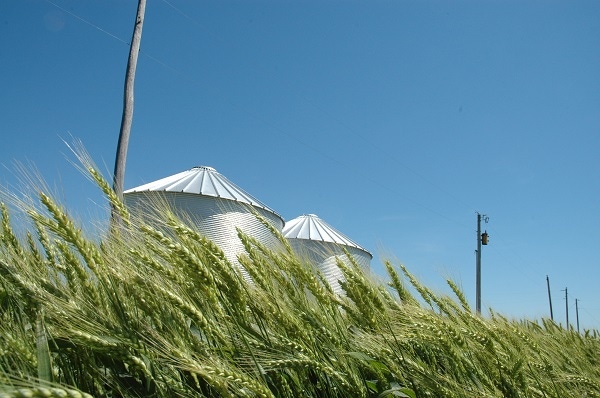September 4, 2015

Cash wheat prices are currently the lowest since July 2010. Consequently, producers should consider low prices when deciding whether or not to buy Multi-peril Crop Insurance (MPCI) and which policy to buy.
Producers in Oklahoma and the Texas/Oklahoma Panhandle region have until September 30 to buy MPCI. Since several major provisions must be analyzed, the best advice is to find and use a knowledgeable MPCI agent.
MPCI has two major policies – Revenue Protection and Yield Protection. Within these policies are Enterprise Units (all farms are covered as one section) and Optional Units (each section is covered separately). Other provisions to discuss with your agent are “Beginning Farmer and Rancher” and a new provision “Yield Exclusion.”
Yield Exclusion allows producers to remove eligible yields (low yields based on county averages within the last 10 years) from their production records. This option results in higher yield bases.
With a relatively low guaranteed price (about $5.20), some producers are considering the Yield Protection policy rather than the Revenue Protection policy.
Price expectations are a major factor when evaluating the Yield Protection and the Revenue Protection policies. The KC July 2016 wheat futures contract average price during the June 1, 2016, through June 30, 2016, period will be used (along with the yield) to determine if an insurance payment is made and how much it will be. Reviewing the 2008/09 and 2009/10 wheat marketing years’ price movements may help identify June 2016 price scenarios.
During the 2007/08 wheat marketing year, wheat stocks were extremely tight. The KC nearby wheat contract price started the year at $5.04, peaked at $13.85, and closed the marketing year (May 30, 2008) at $8.02. Cash prices started the 2007/08 marketing year at $4.50, peaked at $12.58, and ended the year at $7.22.
During the 2008/09 wheat marketing year, U.S. wheat production was the highest in 10 years, and world wheat production was a record 25.1 billion bushels (bb). By early December 2008, wheat prices had declined from $7.20 to $4.13. On May 29, 2009, (last market day of the marketing year), cash wheat prices were $6.30. World wheat stocks had increased from 4.6 bb to 6.1 bb.
The 2009/10 world wheat crop was a record 25.2 bb and U.S. wheat production was an average 2.2 bb. World wheat ending stocks were projected to increase from 6.1 bb to 7.4 bb. By early October 2009, wheat prices had declined from $6.30 to $3.60.
By early June 2010, cash wheat prices had fallen to $3.30. World and U.S. wheat production was projected to be relatively high, and stocks were projected to increase. After mid-June 2010, projected world wheat production estimates were lowered with each report. Prices started an up-trend and by September 1, were above $6. Wheat prices reached $7 in December 2010.
What the 2008/09 and 2009/10 marketing years show is that with two record world wheat crops cash prices went from above $8 to below $4. What it took for prices to break the downtrend was relatively low world wheat production.
For the latest on southwest agriculture, please check out Southwest Farm Press Daily and receive the latest news right to your inbox.
The current price situation is related to world wheat production setting new records in 2013/14 (26.3 bb) and 2014/15 (26.65 bb), and is projected to set another new record in 2015/16 (26.7 bb).
Record production and projected record world ending stocks imply that wheat prices are expected to remain below $5 and may even go below $4. A wheat price increase will require relatively low world wheat production, which will not be possible until the 2016/17 wheat marketing year.
Thus, the odds of prices going above $5 before July 2016 are relatively small, which should be factored into the crop insurance decision.
About the Author(s)
You May Also Like






